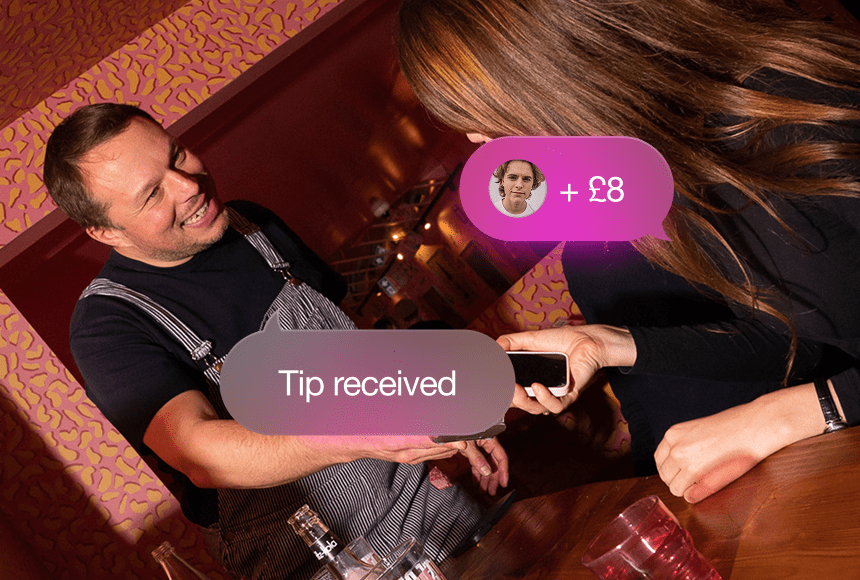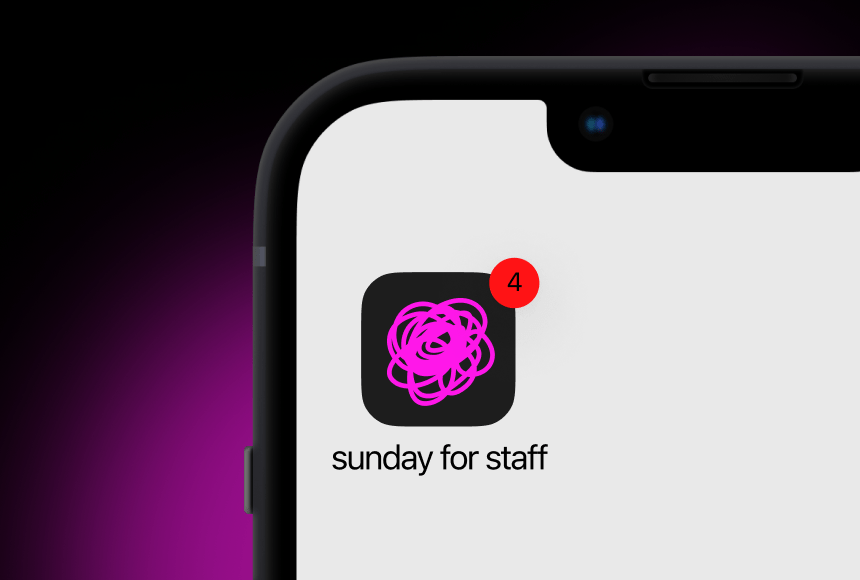
Transforming Gratuities for a Modern, Efficient Hospitality Business
The Shifting Landscape of Restaurant Tipping
Tipping has always been part of the fabric of the UK restaurant scene, recognising a job well done and boosting staff morale. Yet with more people now paying by card or mobile, that little dish of coins on the table is slowly fading. As digital payments become standard, the question for restaurant owners is no longer whether to accept electronic tips, but rather how to do it effectively—and, ideally, painlessly.
A recent report by Big Hospitality (source) found that an increasing percentage of diners specifically request a digital option for both bills and tips. Faced with rising operational costs, labour shortages, and ever-evolving guest expectations, restaurant owners are realising that digitising tips can streamline nightly cash-outs, reduce disputes, and offer real-time data. Below, we’ll explore exactly why going digital with gratuities is not just a gimmick, but a genuine opportunity to improve your business and your team’s working life.
Making the End-of-Day More Efficient
One of the biggest hassles in running a restaurant is reconciling tips at the end of each shift. Staff members count out coins, compare receipts, and possibly argue over who served which table. Meanwhile, the manager might scramble to ensure no one’s short-changed. If this scene sounds all too familiar, digitising your tips can be a breath of fresh air.
- Automated Distribution: Once the tip is recorded digitally, you can set up an automated split based on your chosen policy—whether it’s individual, pooled among front-of-house staff, or even extended to back-of-house teams.
- Clear Tracking: The system logs each tip in real time, attached to a particular bill or staff ID. At the end of the day, you get a neat report—no rummaging for coins or puzzling over partial payments.
- Less Human Error: Mistakes happen when you’re counting hurriedly at 11 pm. Digital solutions drastically reduce confusion or miscalculations, ensuring staff trust that they’ve received their rightful share.
For managers, removing this labour-intensive step equals more time for meaningful tasks, whether that’s staff development or strategic planning for the next busy weekend.
Enhancing Staff Confidence and Retention
Fair distribution of tips is a longstanding challenge. Employees might worry they’re missing out or that certain people get preferential treatment. Digitisation dispels these myths by offering a transparent, data-driven approach.
- Immediate Visibility:Some digital tipping platforms let staff view their share in real time. That sense of immediacy can alleviate anxieties, helping them focus on delivering great service rather than fretting over end-of-shift maths.
- Consistent Policies:You can decide if tips go directly to each server or if there’s a pre-set percentage for kitchen teams. Everyone understands the rules from day one—no secret envelopes or last-minute manager decisions.
- Boosted Team Morale:When staff trust that the tip system is fair and transparent, they’re more likely to remain motivated and collaborative. Ultimately, a cohesive, happy team projects a stronger hospitality vibe to guests.
In an era where Hospitality Net (source) warns of ongoing staff shortages, retaining top talent is crucial. The last thing you want is employees leaving over tip disputes—especially when a straightforward digital approach can neatly sidestep the issue.
Meeting Guests’ Desire for Speed and Simplicity
Imagine you’ve just delivered a flawless dining experience. The food was on point, service impeccable. Then comes the slow part: guests waiting for the card machine or fumbling for pound coins. By digitising tips (and the whole bill, ideally), you keep that positive momentum going.
- Faster Checkout: No scanning multiple cards or rummaging for exact change. Diners simply tap an amount to tip on their phone, or add a gratuity via a single contactless transaction. Quick, painless, done.
- Tech-Savvy Appeal: Many Brits, particularly younger ones, rarely carry cash. According to Statista (source), contactless payments account for a rapidly growing share of transactions—and tipping is no exception.
- A Chance to Upsell: Some solutions allow you to show tip suggestions—like 10%, 12.5%, or 15%. The nudge can increase average tip values more effectively than a blank line on a paper receipt.
By eliminating the friction of old-school tipping, you end the meal on a high note. Guests walk away smiling, and servers can focus on delivering attentive service rather than messing with card machines or spare coins.
Improving Data and Analysis
One underappreciated perk of digital tips is the data you glean. Each tip can be logged with details like the date, time, server ID, and total bill size. That’s a goldmine of insights for managers who want to fine-tune operations.
- Peak Tipping Hours: Identify times when tips soar (maybe Friday lunch is unexpectedly lucrative) and staff accordingly. Or spot quiet times that need a promotional push.
- Staff Performance Metrics: If certain servers consistently earn above-average tips, ask them to share their customer interaction tricks. This knowledge can uplift the entire team’s approach.
- Future Planning: Data on tipping patterns can inform you about which promotions, seasonal menus, or table arrangements lead to higher customer satisfaction—and, indirectly, bigger tips.
By connecting the dots, you can strategise more effectively, from roster planning to menu design. In a competitive marketplace, these small optimisations can give your restaurant a clear advantage.
Strengthening Compliance and Record-Keeping
Dealing with cash tips can create compliance headaches, especially if you’re worried about staff under-reporting or about friction with tax authorities. Digital tips automatically generate a transparent audit trail that outlines exactly how much was earned and by whom.
- Clearer Payroll Handling: Decide if tips go through payroll or are distributed separately. Either way, having accurate digital records minimises disputes and ensures you follow HMRC guidelines.
- Reduced Risk of Loss or Theft: Physical cash can vanish—either through misplaced envelopes or petty theft. Electronically recorded tips stay traceable, boosting both security and staff confidence.
- Automatic Tax Calculation: Some solutions can auto-calculate any tax liabilities on tips, removing the guesswork and lowering your administrative burden.
A consistent, well-documented approach to tipping is a huge relief for managers who already juggle plenty of responsibilities. No more last-minute rummaging when it’s time to finalise the books.
Streamlining Multichannel Service
As restaurants diversify—offering dine-in, takeaway, and delivery—managing tips across multiple channels can get messy. Digitising tips helps unify these streams. If your brand has a popular click-and-collect service, for instance, you can easily add a “tip option” at checkout, ensuring staff see a share from those orders too.
Some advanced platforms also allow guests to add tips after scanning a QR code to pay their bill on-site, or as part of an online ordering process. This consistency cements your brand as one that’s easy to navigate. Whether someone orders from their couch or dines in your courtyard, the gratuity process remains simple and standardised.
Cutting Down the “Where’s My Bill?” Moments
Waiting for the bill can be a diner’s least favourite part of the meal. For managers, it’s also a prime moment for potential negative feedback if the service slows or the card reader malfunctions. Digitising tips—often part of a wider contactless payment solution—removes these stumbling blocks.
- Instant Payment: The second diners decide they’re done, they can settle up via their phone. Servers don’t have to rush around with machines or keep apologising for any delay.
- Higher Table Turnover: By shaving off valuable minutes from the checkout stage, you free up tables for the next party. More seats, more revenue.
A seamless departure means customers leave in a good mood, and your staff can spend their energy welcoming fresh arrivals, rather than chasing receipts. In short, everyone wins.
Case in Point: Embracing Sunday
Solutions like sunday make it straightforward for restaurants to integrate digital tips into their payment workflow. With quick setup, diners scan a QR code or tap their phone, pay, and add a tip—no app downloads, no fuss. The platform logs everything in a central dashboard, so management sees real-time data and staff can trust the process is fair. It’s a surefire route to keep pace with guest preferences and lighten the back-office load.
This approach resonates with the next generation of diners who seldom carry cash and expect frictionless transactions. Meanwhile, servers appreciate the clarity and speed of receiving gratuities directly, minus the stress of nightly tip breakdowns.
Ensuring a Smooth Transition
While the advantages are clear, any new system comes with a learning curve. A few simple steps can ensure you handle the switch gracefully:
- Train Your Team:Explain how digital tips work, from scanning to distribution. Emphasise the positives—like less end-of-night counting, easy tip allocation, and real-time tracking.
- Encourage Guest Adoption:A quick mention from servers or a small table sign (“Scan here to pay—and don’t forget to tip!”) usually does the trick. You can keep a backup card machine for those who prefer old-school methods.
- Review and Refine:After a week or two, gather feedback from staff and guests. Maybe some employees want their tips distributed daily rather than weekly. Or perhaps you need clearer signage. Adapting early fosters a smoother, more universal adoption.
Any concerns about staff losing personal connections at tip time can be addressed by encouraging them to keep that warm rapport throughout the meal. When diners see the service is top-notch, they’re often more generous with digital tips anyway.
Building Loyalty and Revenue, One Tap at a Time
Digitising tips is no mere fad. It aligns with shifting consumer habits, simplifies managerial tasks, and provides transparency staff can rally behind. As you consider ways to make your restaurant more competitive, think about the micro-touchpoints that add up to an excellent dining experience. The tipping moment—though small—has a surprising impact on how customers perceive your brand and how staff feel about their roles.
By embracing digital gratuities, you pave the way for a more efficient, guest-friendly environment. Less time fussing with loose change means more time focusing on what truly matters: creating memorable moments around the table. Whether you choose a platform like sunday or another integrated solution, the end result is the same: smoother operations, happier employees, and diners who leave with a smile—and maybe a higher tip than ever before.
Find out more today
Drop us your details below and we’ll reach out within the next 24
More tips means a better service.
3X more tips mean 3X better guest-experience, and 3X better staff-retention.




